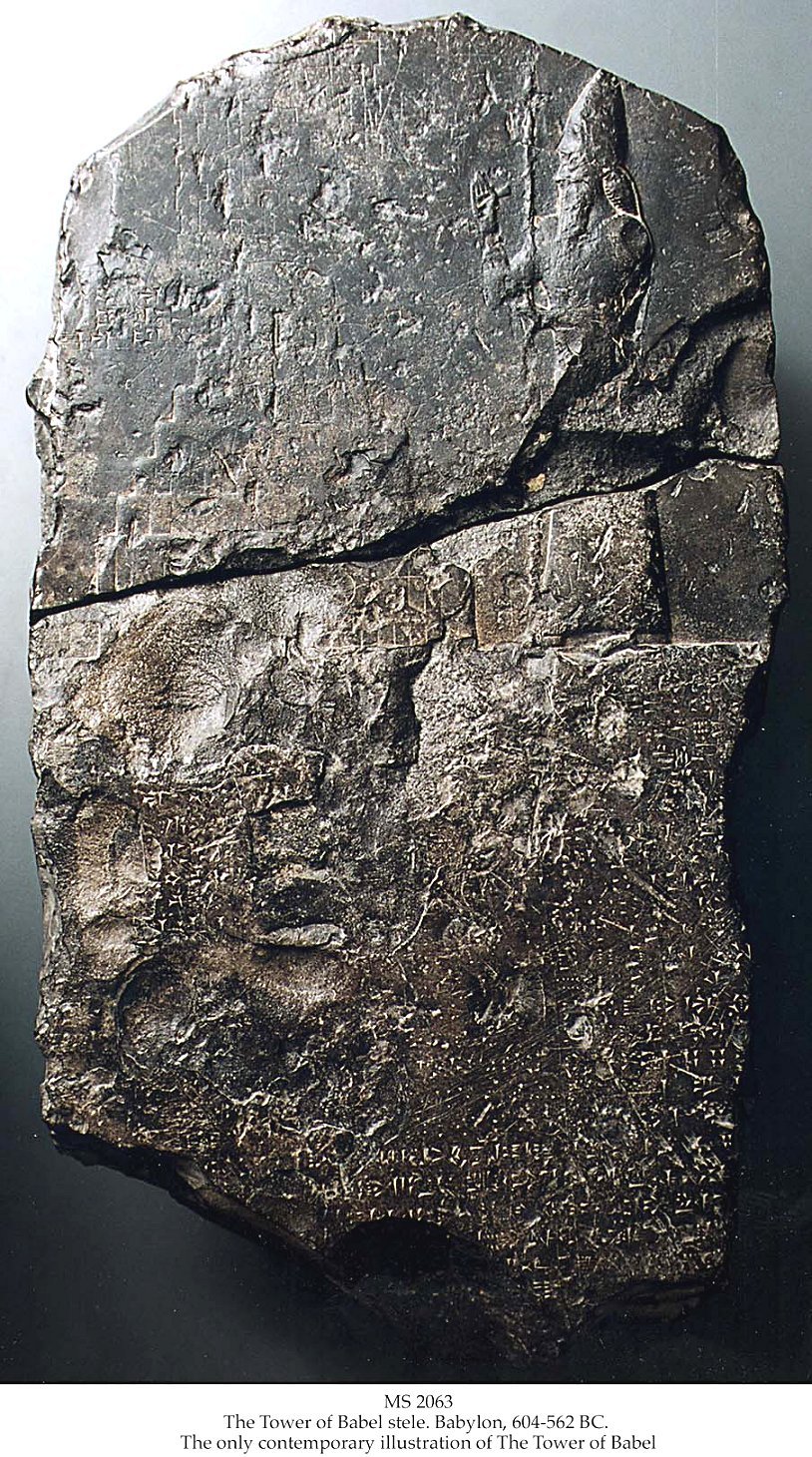The Book of Daniel stands out for its rich historical and prophetic narrative set during the height of Babylonian and Persian empires. Remarkably, numerous archaeological discoveries affirm the historical accuracy of this ancient text, providing context and evidence for the figures and events recorded. Here are ten significant finds:

1 – Nebuchadnezzar Stele:
This stele includes one of the few known depictions of King Nebuchadnezzar II, aligning with his portrayal in the Book of Daniel. It provides evidence of Nebuchadnezzar’s reign and supports the historical context of Daniel’s writings about the Babylonian king.
- Reference: Daniel 1:1
- Discovery Date: 1917
- Location: Schøyen Collection (specific room/display location not publicly specified)
- Link: View here

2 – Nebo-Sarsekim Tablet:
This cuneiform tablet references Nabu-sharrussu-ukin, a chief eunuch under Nebuchadnezzar II, validating the existence of Babylonian officials similar to Ashpenaz, as mentioned in Daniel.
- Reference: Jeremiah 39:3 (supporting roles in the Babylonian court as also seen in Daniel 1)
- Discovery Date: 1870s
- Location: British Museum, Room 55 (Mesopotamia Collection)
- Link: View here

3 – Babylonian Chronicles:
These records detail Nebuchadnezzar’s campaigns, including the siege of Jerusalem in 597 BC, providing a historical backdrop to events in Daniel.
- Reference: Daniel 1:1-2
- Discovery Date: Late 19th century
- Location: British Museum, Room 55 (Mesopotamian Chronicles)
- Link: View here

4 – Ishtar Gate and Processional Way:
Excavations of these structures reveal the splendour of Babylon during Daniel’s time, echoing the grand depiction of Babylon in Daniel.
Reference: Daniel 4:30
Discovery Date: 1902-1914
Location: Pergamon Museum, Berlin, Main Hall (reconstructed Ishtar Gate)
Link: View here

5 – Cyrus Cylinder:
This artefact records King Cyrus’s decree allowing exiled peoples, including Jews, to return to their homelands, supporting the events following the Babylonian period in Daniel.
- Reference: Daniel 6; Isaiah 44:28 (related to Cyrus’s decree)
- Discovery Date: 1879
- Location: British Museum, Room 52 (Ancient Iran)
- Link: View here

6 – Darius the Mede:
While the identity of Darius the Mede remains debated, some scholars identify him with Gubaru, a governor under Cyrus, suggesting a historical figure that matches the character in Daniel.
- Reference: Daniel 5:31, 6:1
- Discovery Date: Based on historical records rather than an artefact
- Location: Not applicable (no specific artefact)
7 – Belshazzar’s Feast: The existence of Belshazzar as a co-regent with Nabonidus, confirmed through inscriptions, aligns with the account in Daniel where Belshazzar is described as king during the fall of Babylon.
Reference: Daniel 5
Discovery Date: 19th century (Nabonidus Cylinder)
Location: British Museum, Room 55 (Mesopotamian Collections)
Link: View here
8 – Dead Sea Scrolls (Book of Daniel Fragments):
These fragments of Daniel date to the second century BC, affirming the text’s antiquity and its acceptance as scripture by that time.
- Reference: Entire Book of Daniel (confirming early Jewish reverence and textual preservation)
- Discovery Date: 1947-1956
- Location: Shrine of the Book, Israel Museum, Jerusalem (Dead Sea Scrolls Exhibit)
- Link: View here

9 – Elephantine Papyri:
These documents from a Jewish community in Egypt reference a festival honouring the “God of Heaven,” a term found in Daniel, suggesting the term’s widespread use and recognition.
- Reference: Daniel 2:18-19 (term “God of Heaven”)
- Discovery Date: 1903
- Location: Various institutions, with significant collections in the Brooklyn Museum (specific gallery details not specified)
- Image: View here

10 – Prayer of Nabonidus:
This text from the Dead Sea Scrolls describes Nabonidus’s period of madness and divine restoration, paralleling the story of Nebuchadnezzar’s experience in Daniel 4.
- Reference: Daniel 4
- Discovery Date: Found within the Dead Sea Scrolls collection
- Location: Israel Museum, Shrine of the Book, Jerusalem
- Image: View here